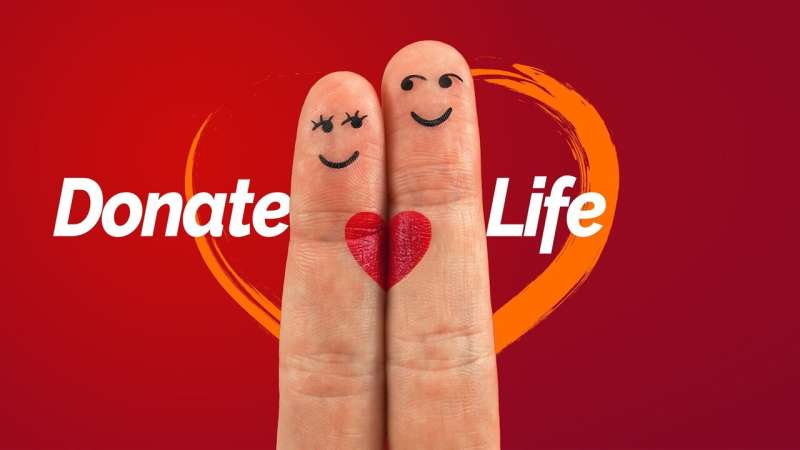
While 2021 proved to be a record-breaking year for organ donation in the U.S., many people are still hesitant to register to become a donor. Nationwide, only about 48% of people are registered to be organ donors, according to LifeSource. That’s despite surveys showing that 95% of people in the U.S. support organ donation.
April is National Donate Life Month. Here are five reasons to consider checking the box to become a donor:
1. The need is tremendous
More than 106,000 people in the U.S. are waiting for a lifesaving organ transplant, according to the Organ Procurement and Transplantation Network. Every nine minutes, another name is added to the waiting list. Sadly, an average of 17 people die every day waiting for a transplant.
2. One donor can save many lives.
A single organ donor can save up to eight lives. Tissue donors can help heal up to 75 people. People who donate their corneas can restore sight to two people. People are eligible to donate across the age spectrum.
“Because the liver continuously regenerates, livers from older donors—even into age 80 and beyond—may be eligible to donate,” says Julie Heimbach, M.D., director of Mayo Clinic’s William J. von Liebig Center for Transplantation and Clinical Regeneration in Minnesota.
3. More diverse donors are needed.
More donors from all backgrounds are needed. But it is especially important for more people from diverse backgrounds to sign up to be organ donors.
Approximately 60% of people on the waitlist for a transplant are people of color. While organs are not matched based on race and ethnicity, people will generally have a better chance of matching with someone from a similar racial or ethnic background.
Fewer diverse donors means people of color can end up waiting longer for a lifesaving transplant.
4. Healthy people also can consider becoming a living donor.
People who are healthy have the option of becoming a living donor. With living kidney donation, which is the most common type of living-donor transplant, donors give one of their two healthy kidneys to the recipient. People who are healthy and have excellent kidney function only need one kidney to live a normal, active lifestyle.
Another option is to become a living-liver donor. A portion of the donor’s liver is removed and given to the recipient. The donor’s liver grows back to its original size within a matter of weeks.
People can donate to a relative, friend or acquaintance, or a stranger as a nondirected donor.
5. Thanks to medical advances, organ donors are saving more lives.
Source: Read Full Article